| Femmes Fatales | Sep 29 2022 |

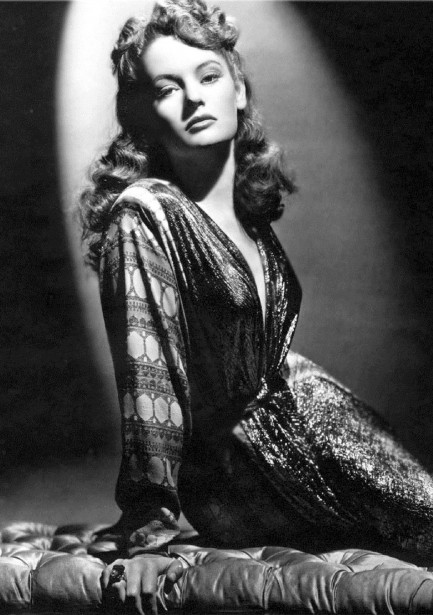
Above: Canadian actress Alexis Smith in a promo image befitting her classic looks. We've watched her in such films as Conflict, The Turning Point, and Undercover Girl. There are dozens more from which to choose, ranging from westerns such as Cave of Outlaws to horror flicks like The Little Girl Who Lives Down the Lane. We aren't able to date this photo, but it's obviously from her prime, so call it 1950.
| Vintage Pulp | Jun 9 2022 |

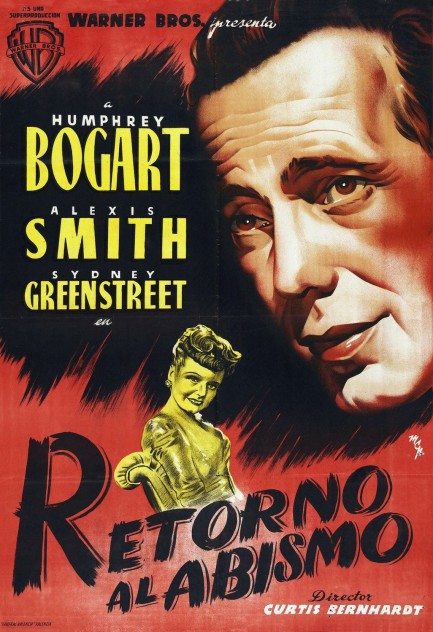
| Femmes Fatales | Jun 2 2021 |

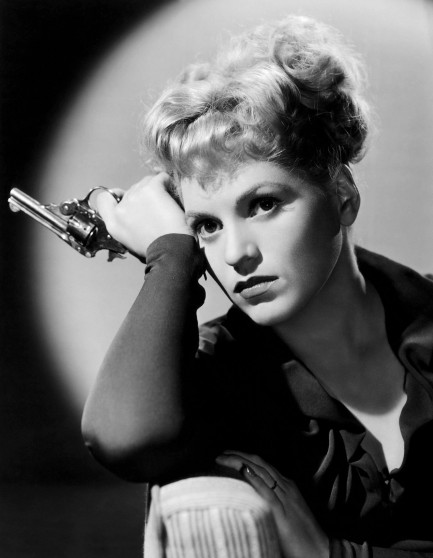
Above you see U.S. actress Judy Holliday, who debuted in cinema in 1938 and appeared in such films as Adam's Rib and The Solid Gold Cadillac. Her career was going okay until she was named in the red-baiting publication Red Channels: The Report of Communist Influence in Radio and TV as having communist connections. Called before a congressional committee, she refused to name names, but learned that freedom of association was an illusion in 1950s America. Holliday kept working in films until 1960, and died early five years later, at age 43, from throat cancer, in the place where she had been born and spent most of her life, New York City. The photo above was made in 1944, when she was filming Winged Victory.
| Vintage Pulp | Dec 20 2020 |

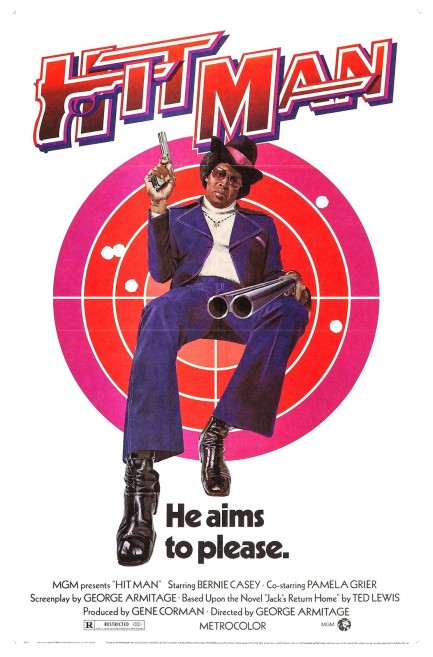
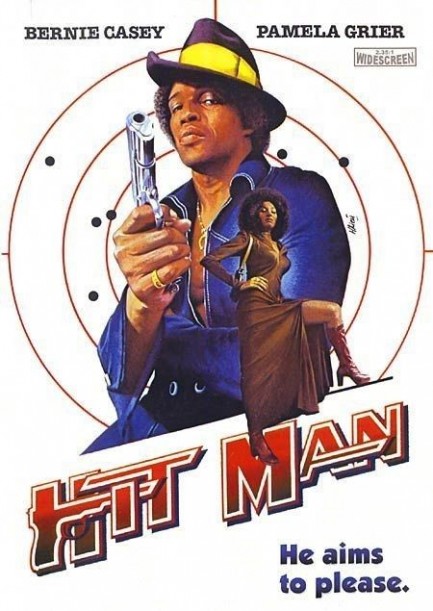
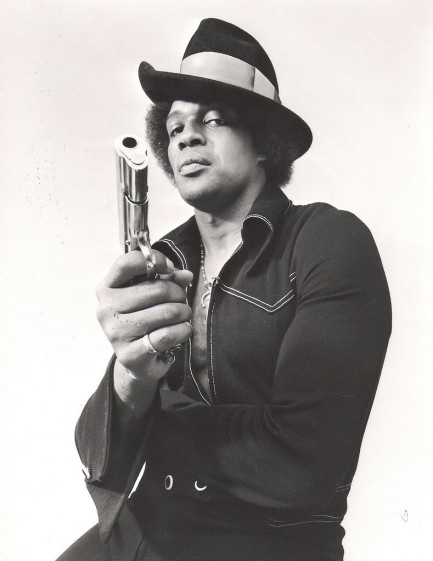
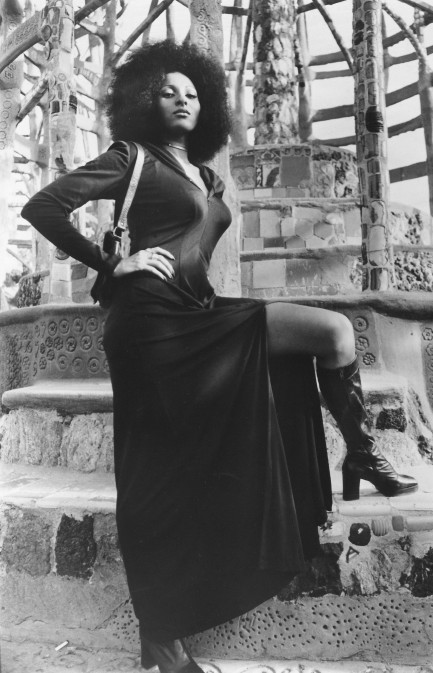
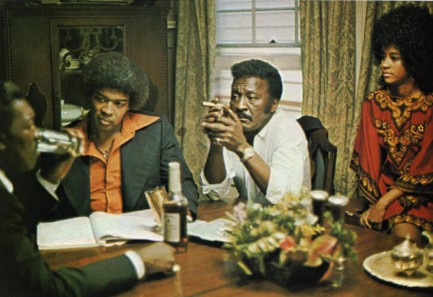
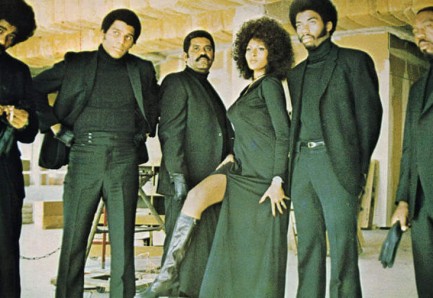
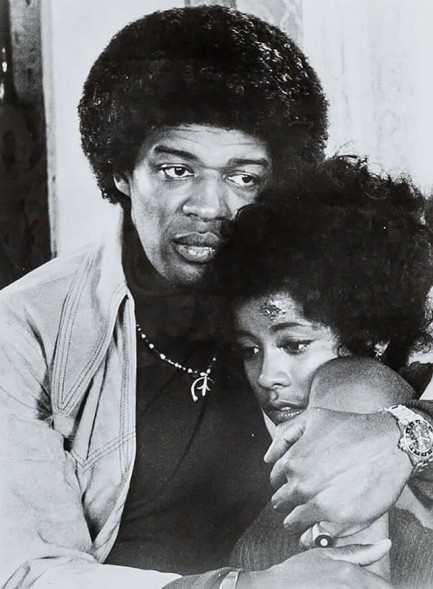

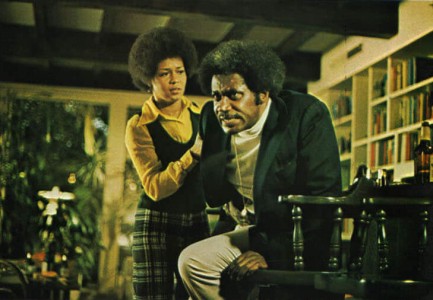
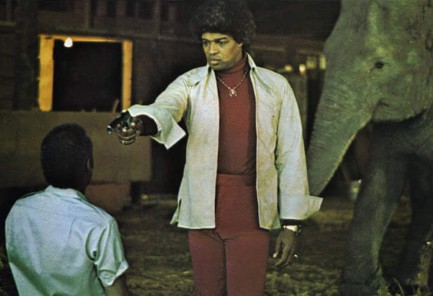
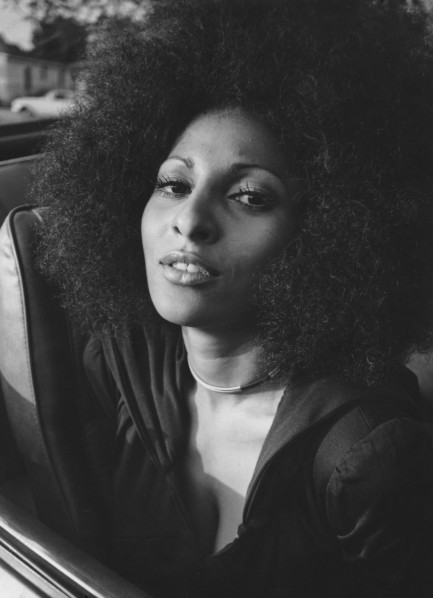
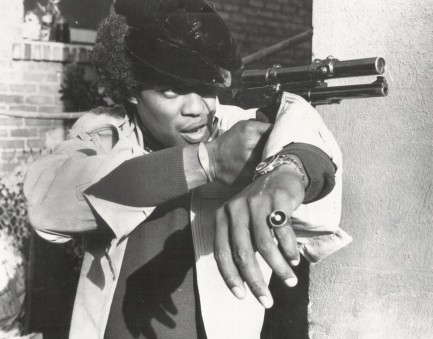
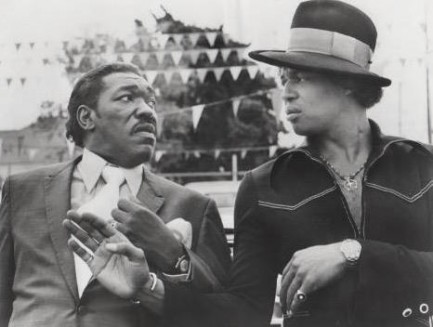
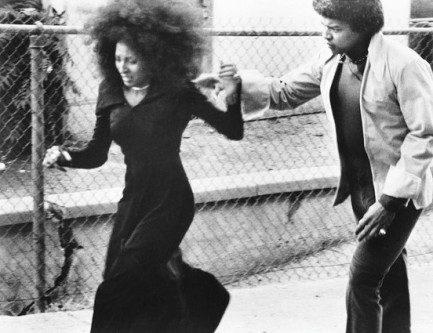
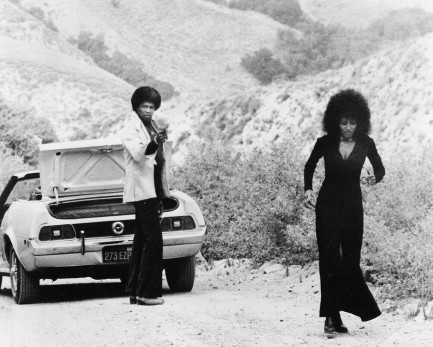
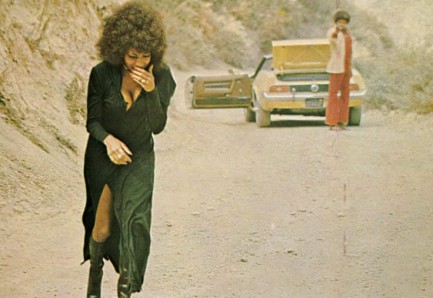
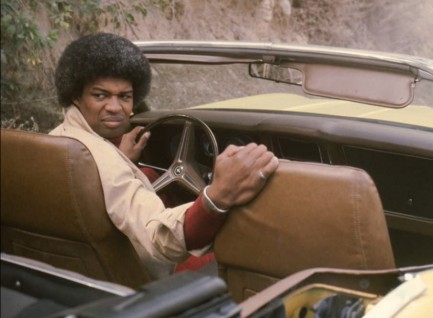
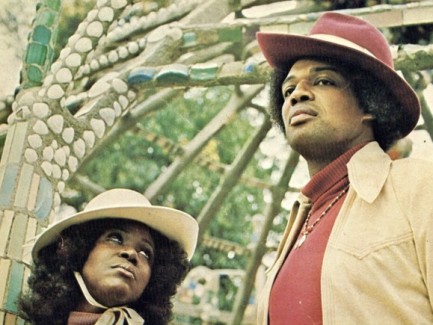
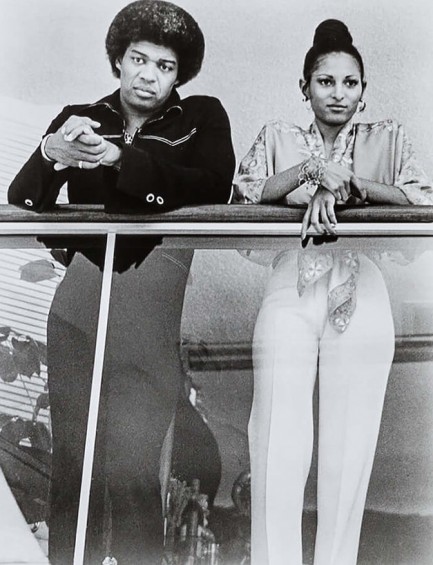
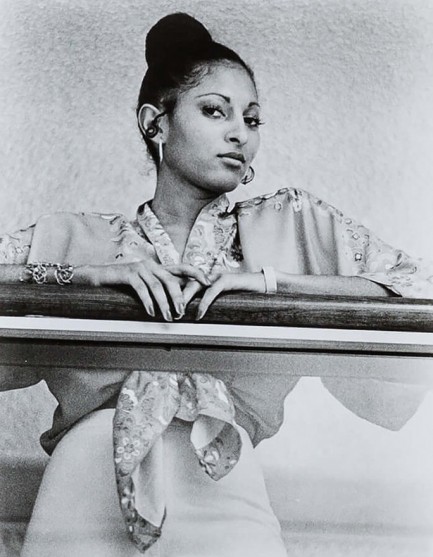
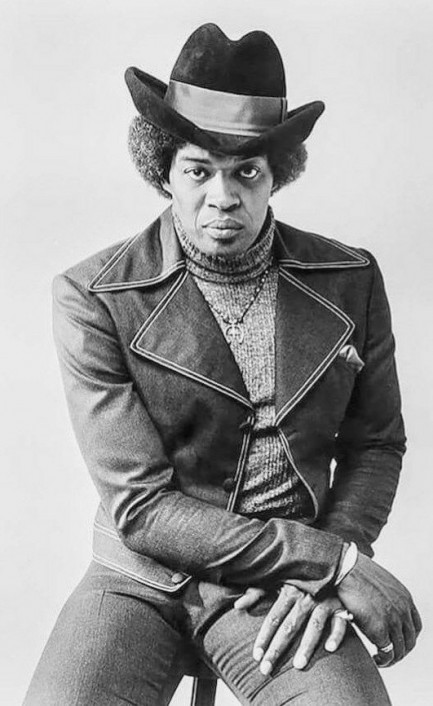
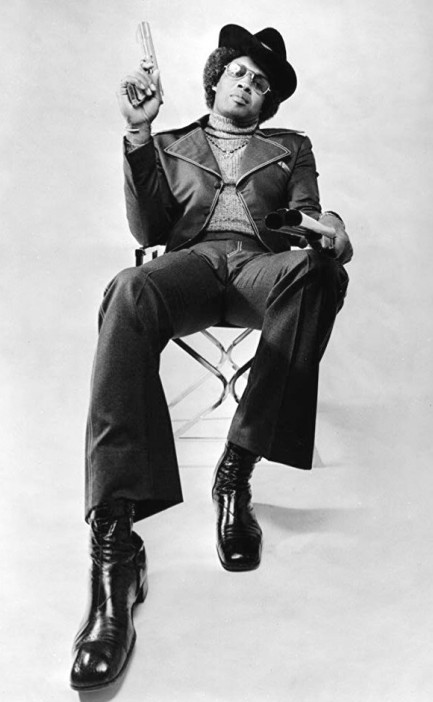
| Vintage Pulp | Jun 15 2019 |

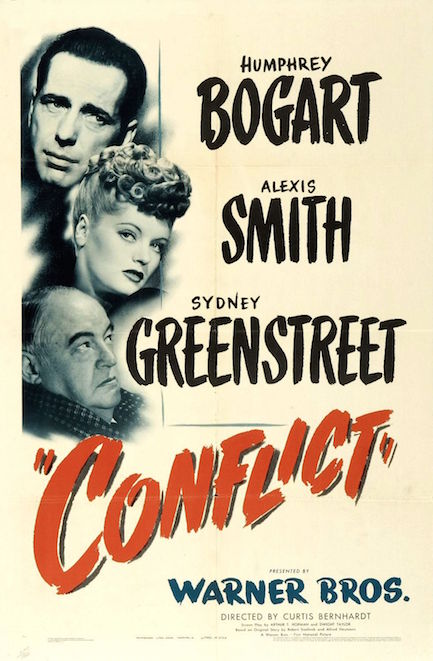
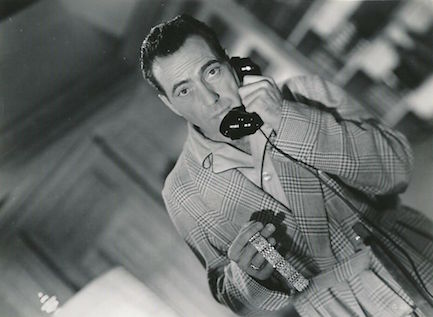

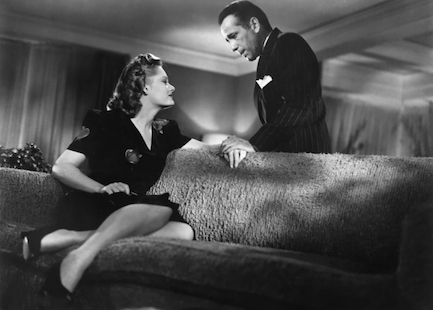
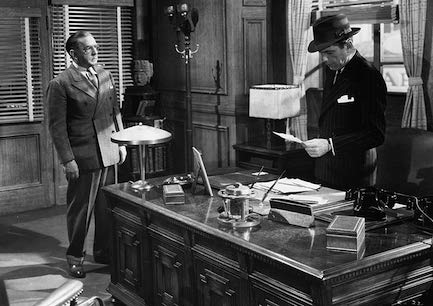
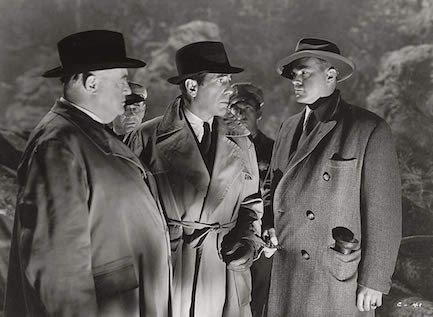
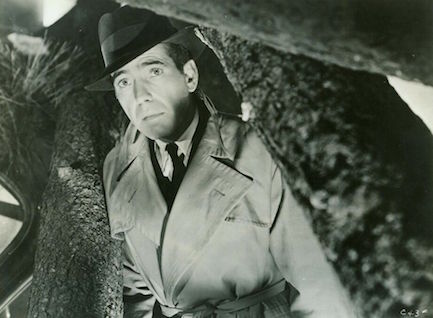
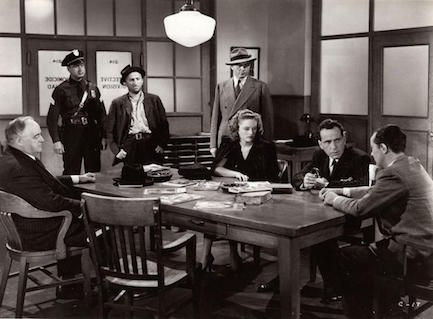
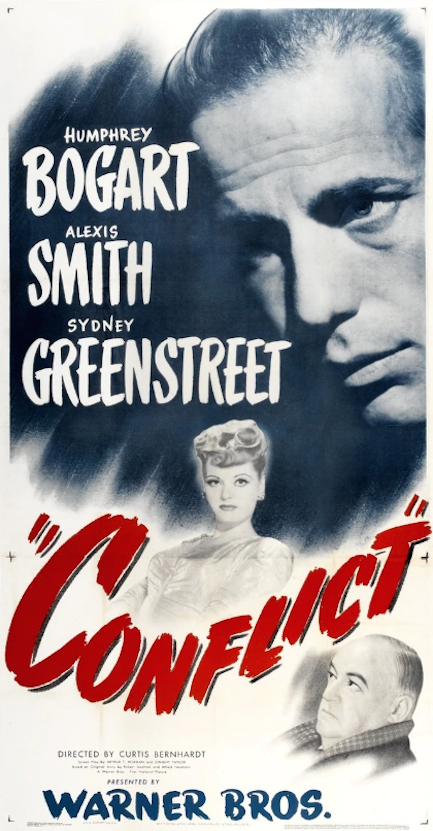
| Hollywoodland | Oct 30 2015 |

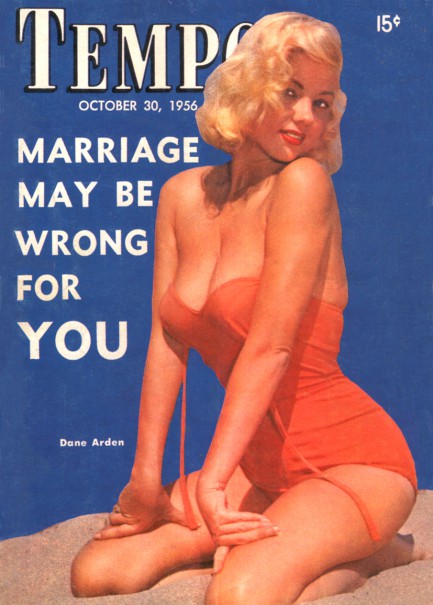
Tempo was a pocket-sized celeb and pop culture magazine published bi-weekly out of Atlanta and New York City by Sports Report, Inc. We don’t know how long it lasted—this one is vol. 7, issue 9—but we know we’ve never seen one dated before 1953 or after 1958. When Dane Arden appeared on the cover of this one from today in 1956, she was already famous thanks to her appearance as Playboy’s centerfold just the previous month. But she had posed under her real name Elsa Sørensen, and back then that may have kept most Playboy readers from realizing Sørensen and Arden were the same person. It's curious. We have no idea if that was her intention, or why she’d have wanted to do it.
If we had to guess, we'd say that Playboy wanted an exclusive association with her Sørensen identity, and pressed her to choose a new name for future modeling. Or perhaps she thought of magazines like Tempo as lower class, and didn’t want to diminish her Playboy image. Or maybe she thought Elsa Sørensen was a little too Danish sounding for Hollywood. But there’s no evidence she ever had an interest in movies, and if she did wouldn’t she have been sacrificing much of the useful recognition she’d gained as a Playboy centerfold? All we can say is it’s one of history’s little mysteries. Hmm… that has a nice ring. Think we’ll claim that one—History’s Little Mysteries™. More Dane/Elsa below, plus Brigitte Bardot, Shirley Falls, Erroll Garner, Sabrina, the Cleveland Browns, Anita Ekberg, et al.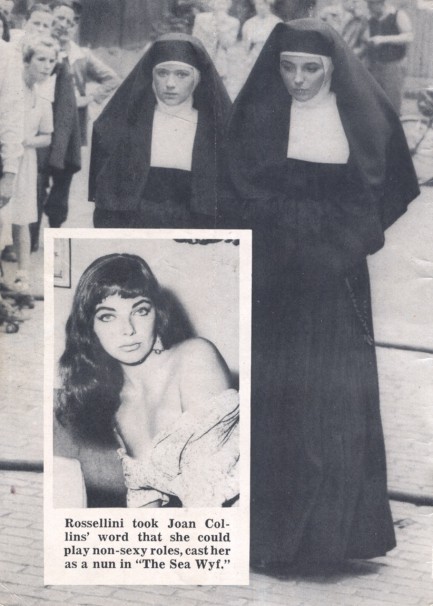
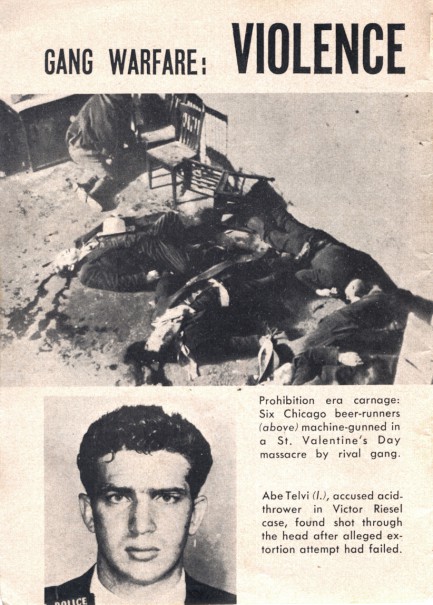
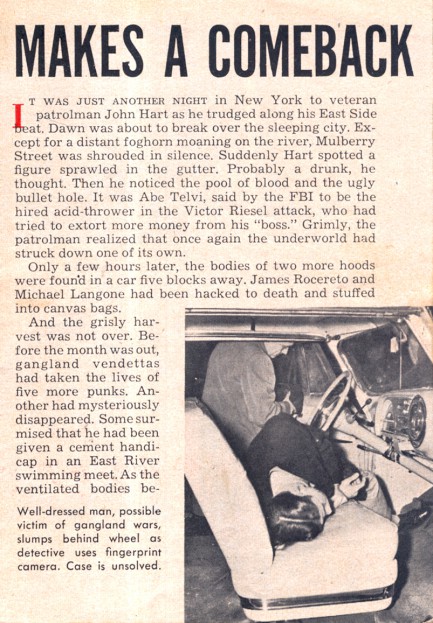
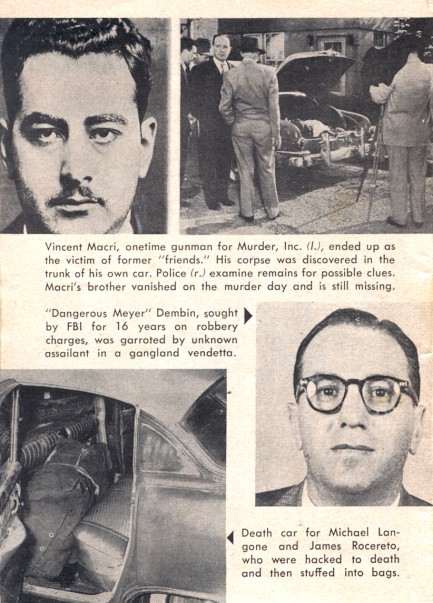
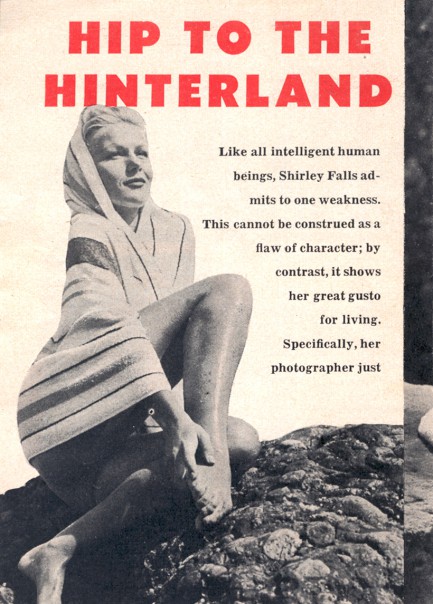
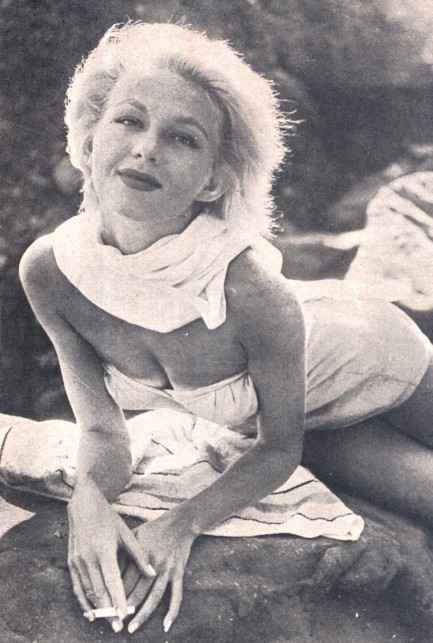
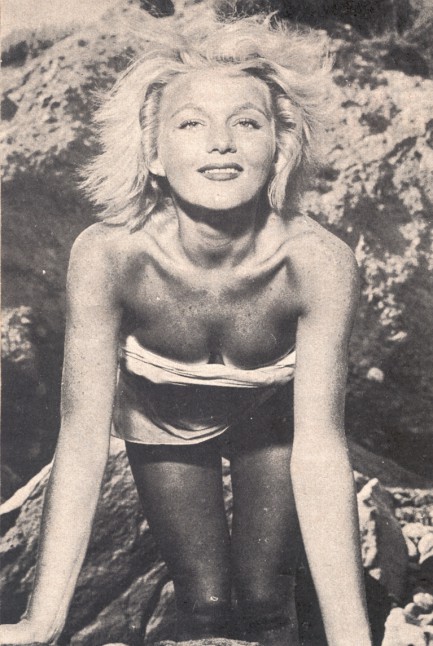
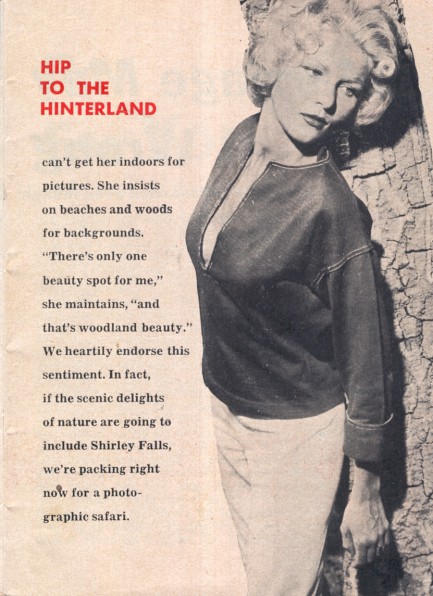
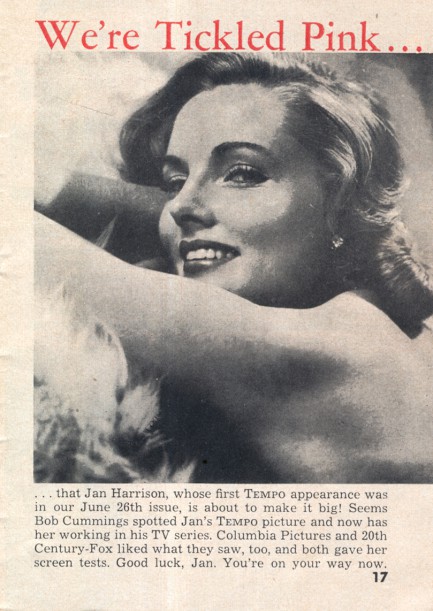
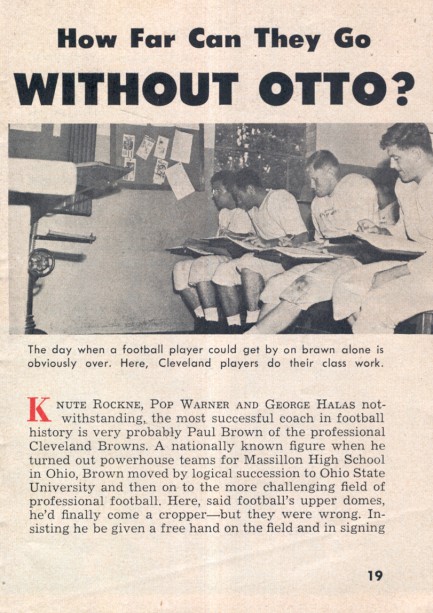
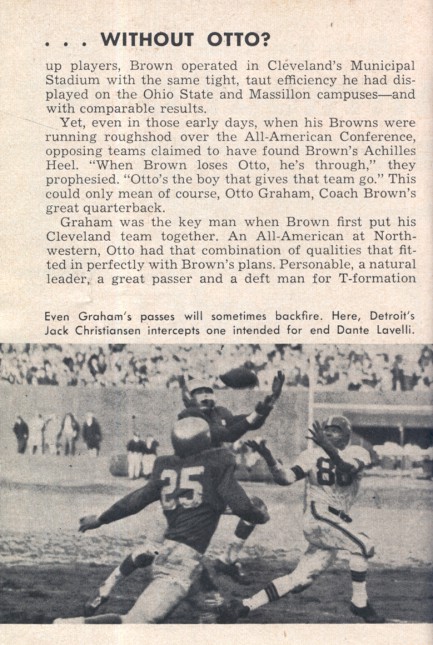
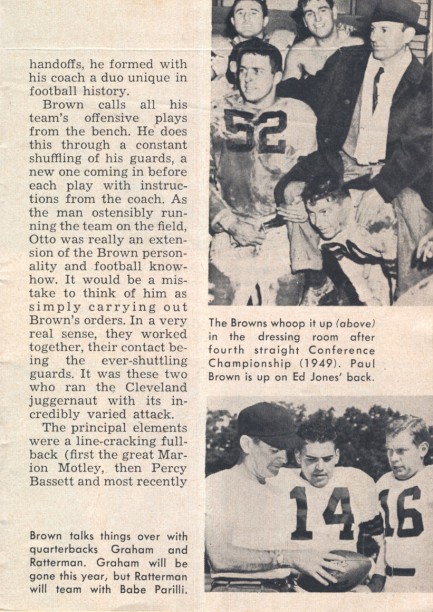
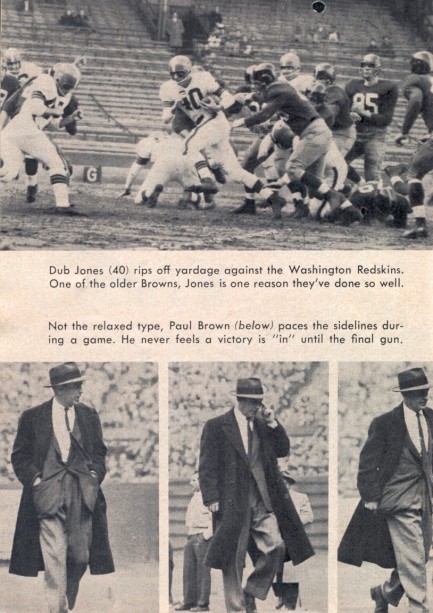
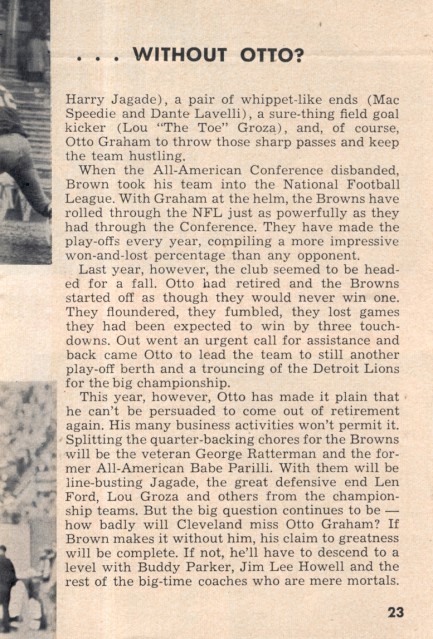
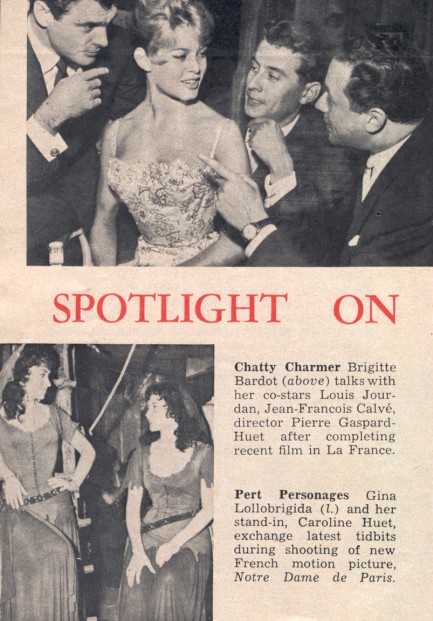
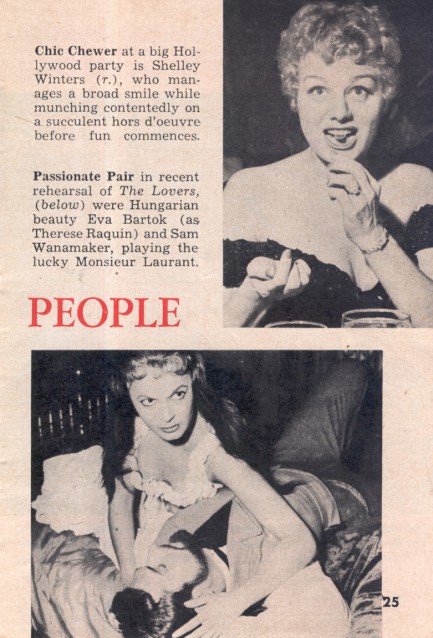
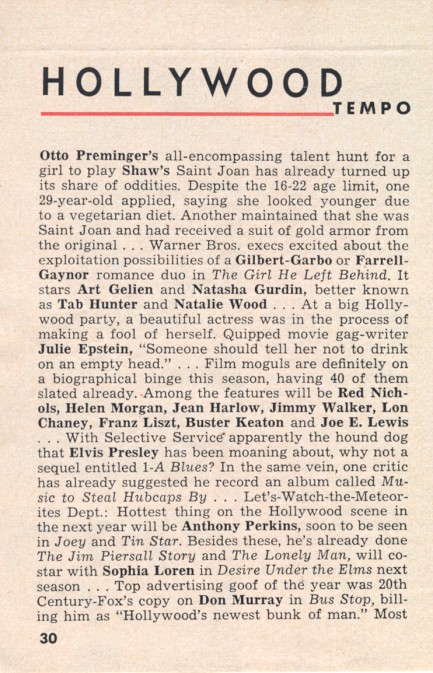
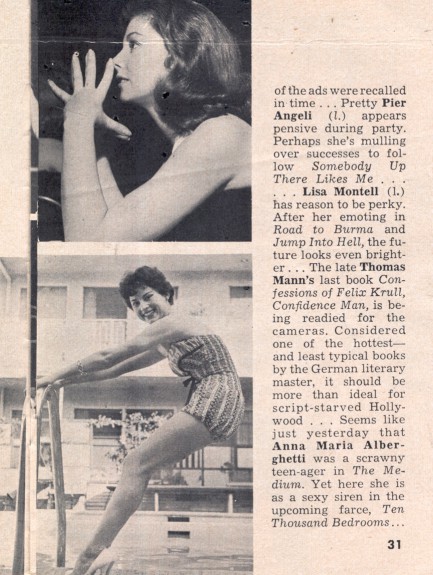
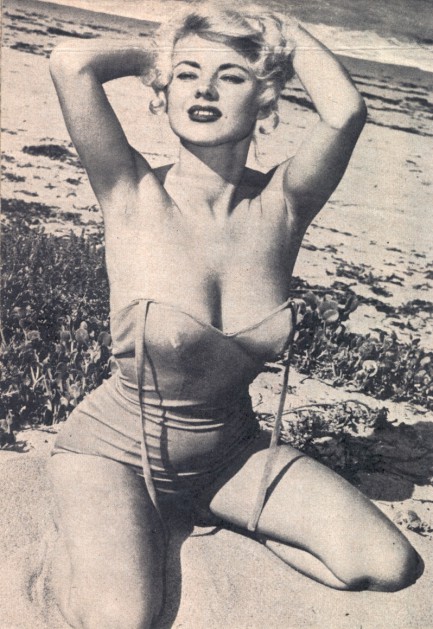
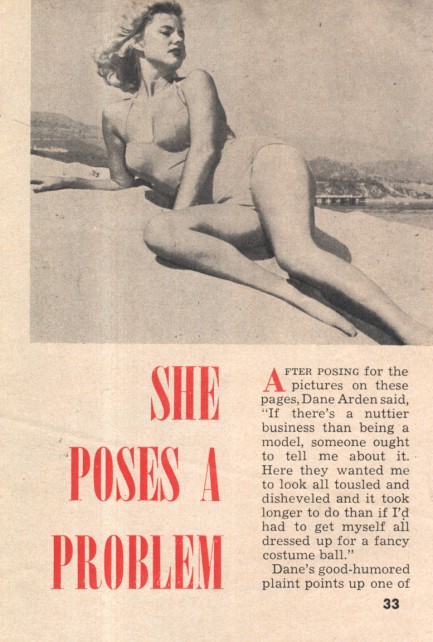
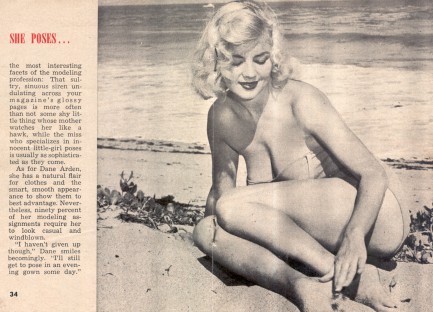
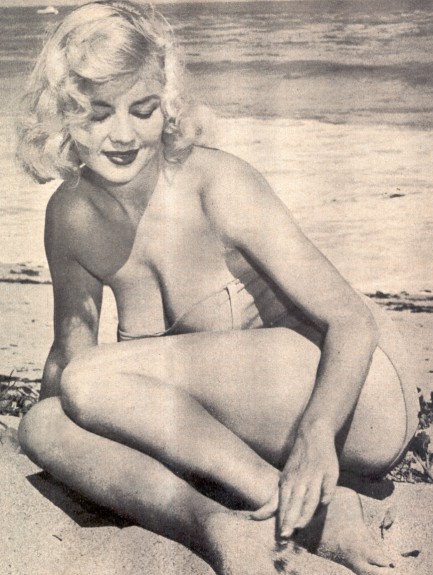
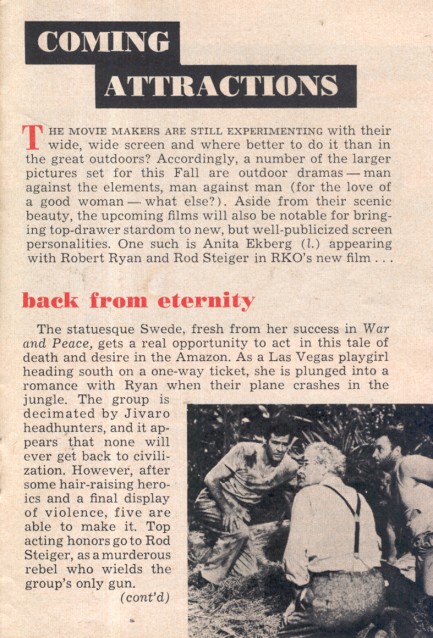

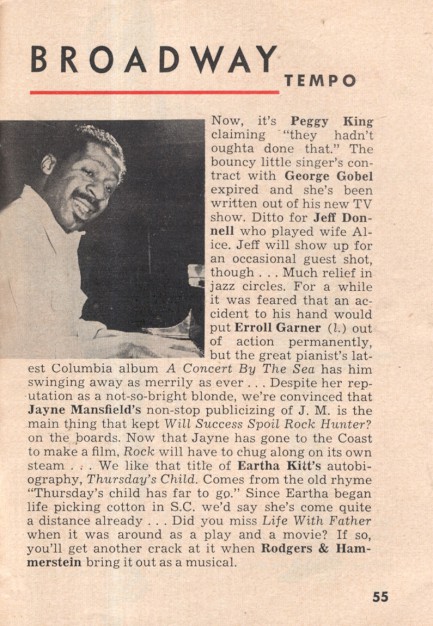

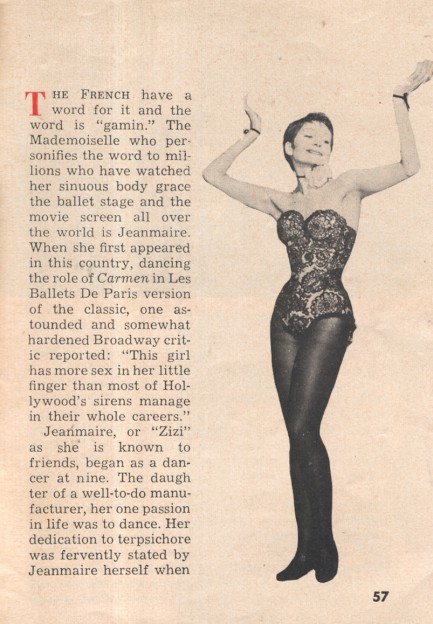
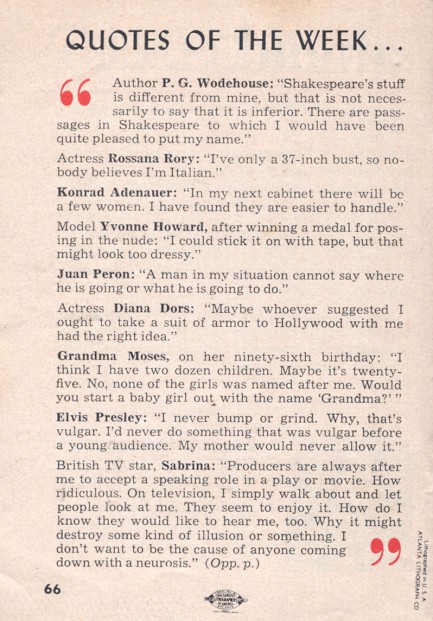
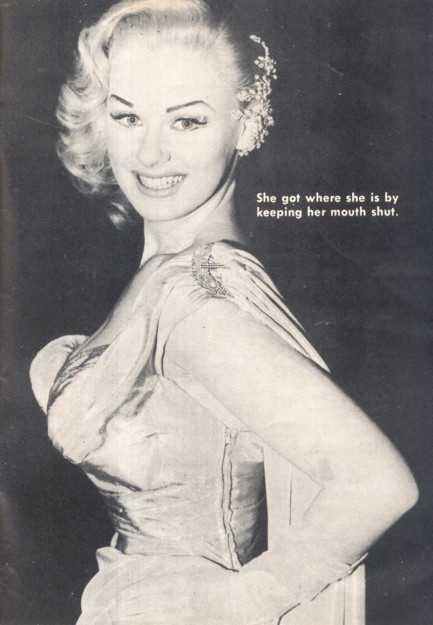
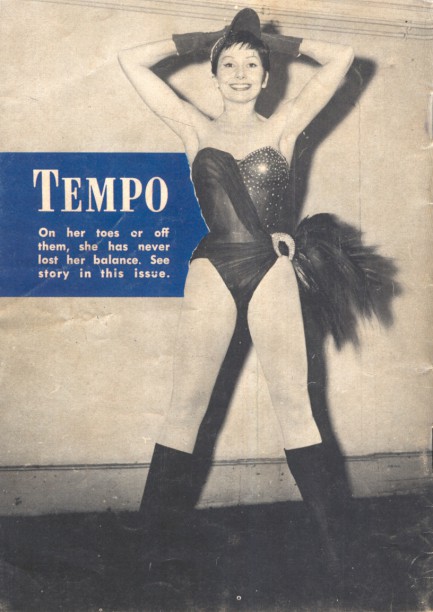
| Hollywoodland | Sep 15 2015 |


On the Q.T. labeled itself “The class magazine in its field.” In practice that was less than true. This cover from September 1962 offers teasers about Liz Taylor’s inability to be made happy, the fatal ring beating of boxer Kid Paret, and the inside story about Ivy Nicholson’s suicide attempt. But the banner goes to the nude countess who shocked America. That would be Christina Paolozzi, aka Christina Bellin, who was a New York City fashion model and the offspring of United Fruit Company heiress Alicia Spaulding and Italian conte Lorenzo Paolozzi. The photo was shot by Richard 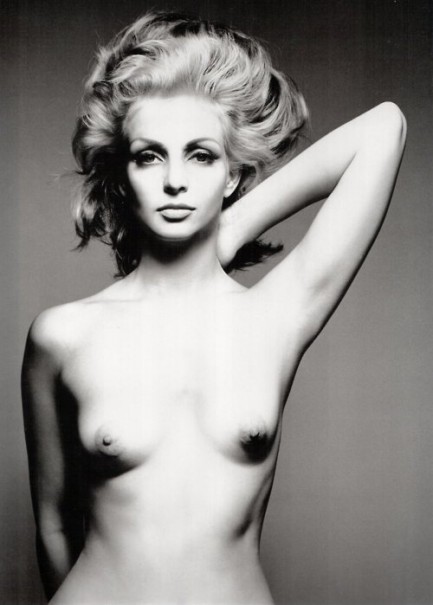 Avedon and appeared in Harper’s Bazaar. Paolozzi was already considered “the first of the ’60s free spirits” by the tabloids, and by stripping for Avedon she became the first recognized fashion model to pose nude, a practice that is now common.
Avedon and appeared in Harper’s Bazaar. Paolozzi was already considered “the first of the ’60s free spirits” by the tabloids, and by stripping for Avedon she became the first recognized fashion model to pose nude, a practice that is now common.
While Avedon earned widespread recognition for the shot, which you see at right, Paolozzi was dropped from the New York City Social Register, shunned by Manhattan’s upper crust, and subjected in the press to what is today sometimes called “body shaming.” Columnist Inez Robb wrote that Paolozzi was “no more favored by nature than the average daughter of Eve,” and added for good measure, “Harper’s Bazaar, with its excursion into overexposure, has unwittingly proved that not diamonds but clothes are a girl’s best friend.” If that wasn’t bad enough, just imagine what people wrote in the comments section. They had those then, right?
In any case, Paolozzi was a bold personality, and she went on to make waves yet again with her many wild parties and open marriage to cosmetic surgeon Howard Bellin, commenting in a mid-1970s newspaper article, “[It’s] just the way life is today—one man is simply not enough.” But she didn’t just spend the years having a good time. She also raised money for hospitals in Cambodia and Gabon, orphanages in Afghanistan, and supported eighteen foster children. In a sense, she gave the shirt off her back. Twenty-eight scans from On the Q.T. below.
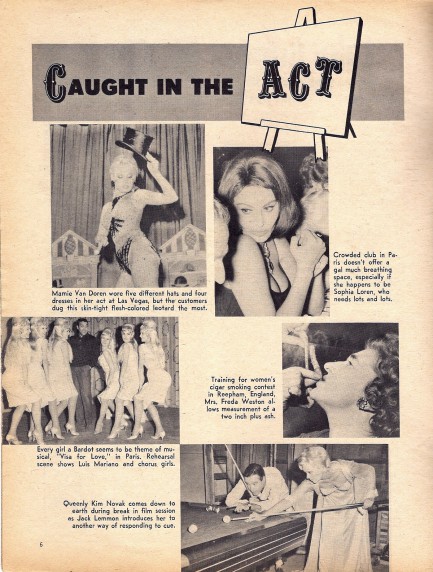
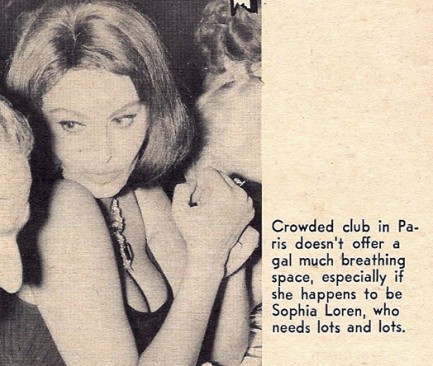
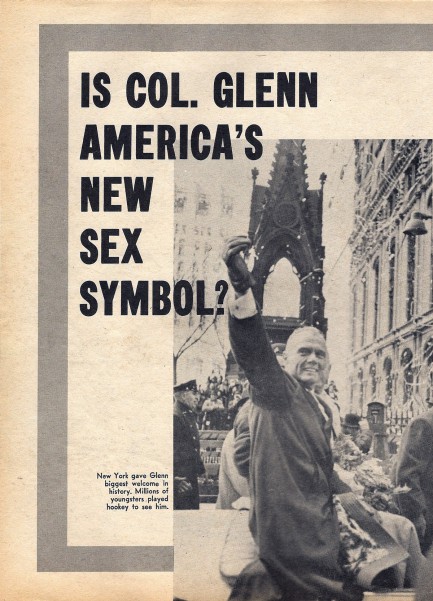
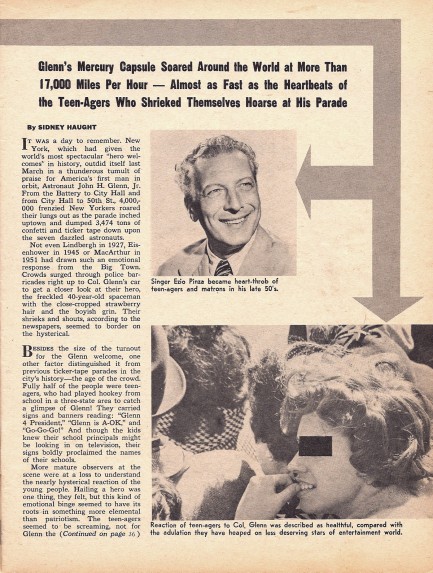
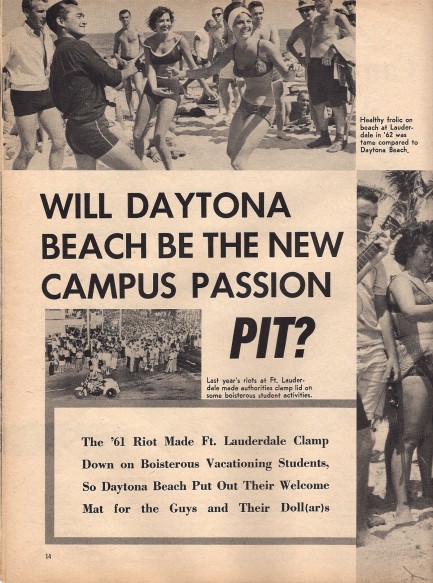
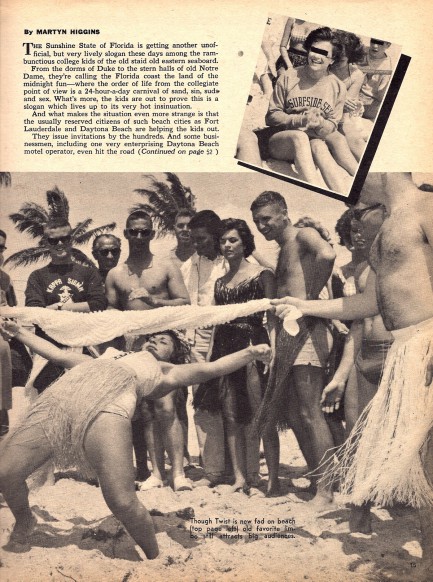
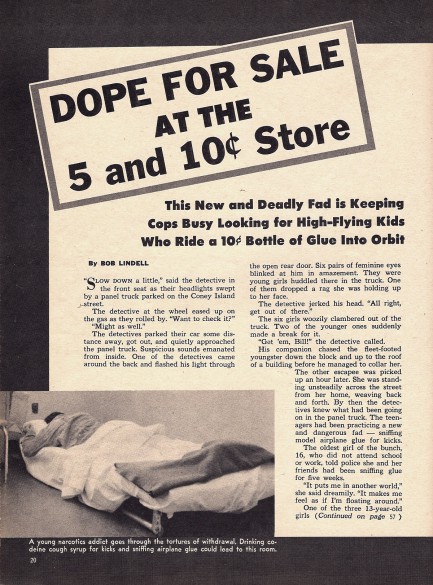
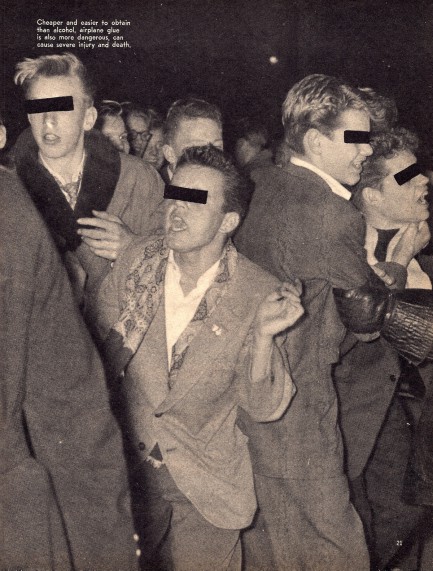
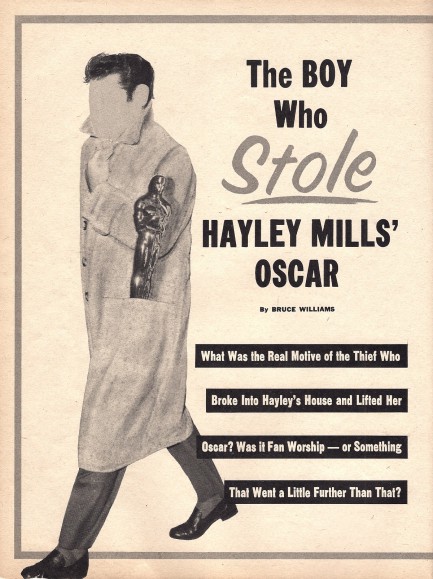
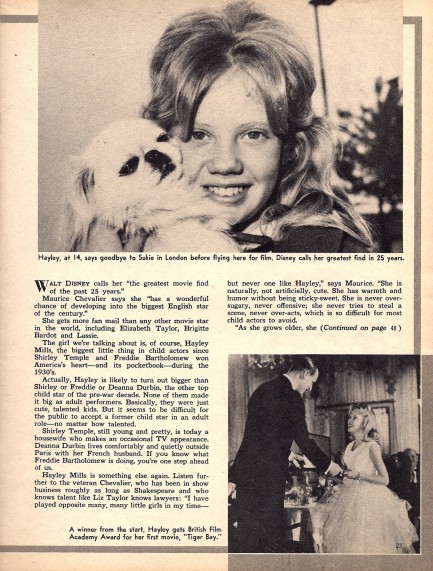
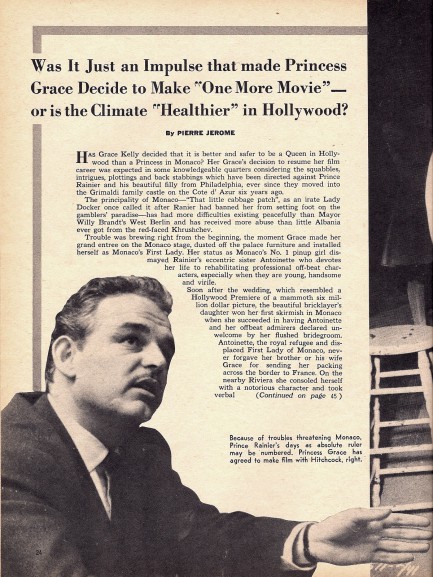
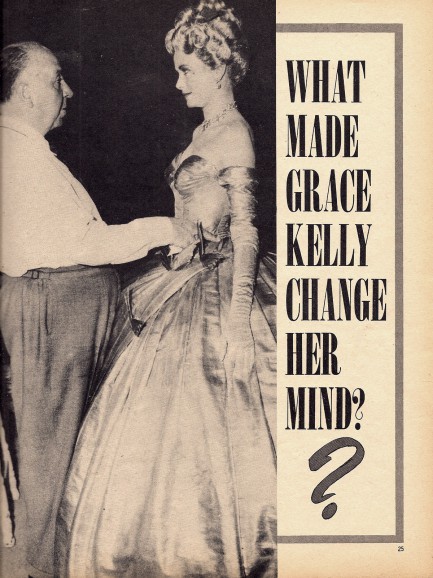
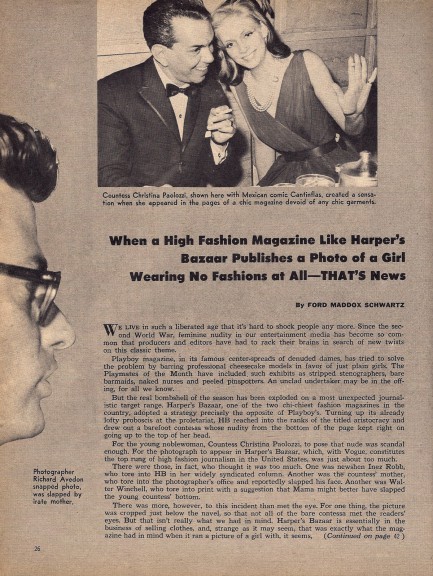
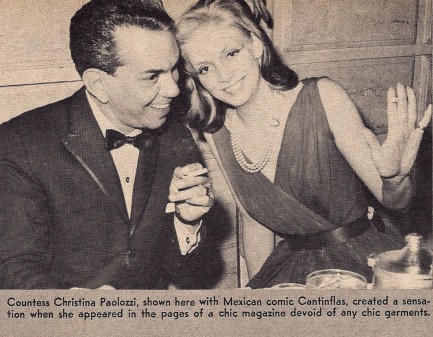
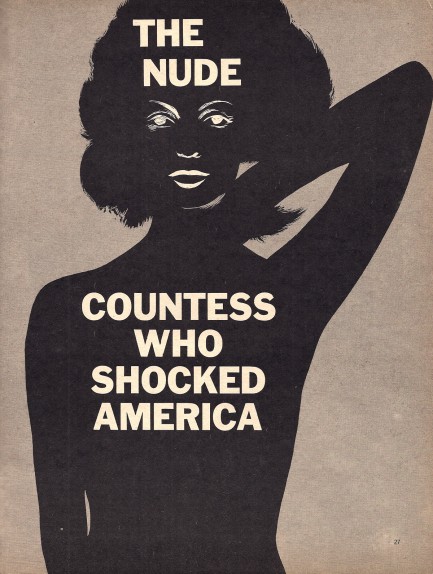
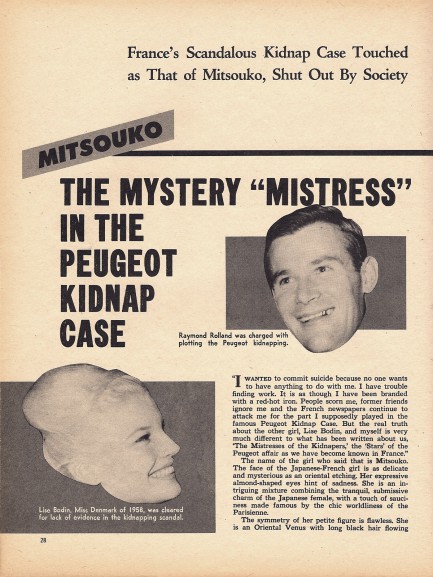
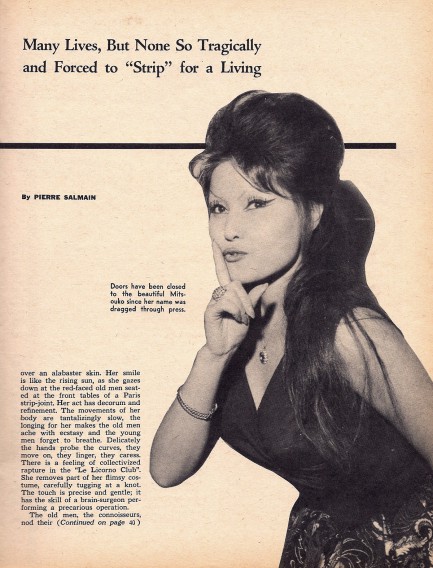
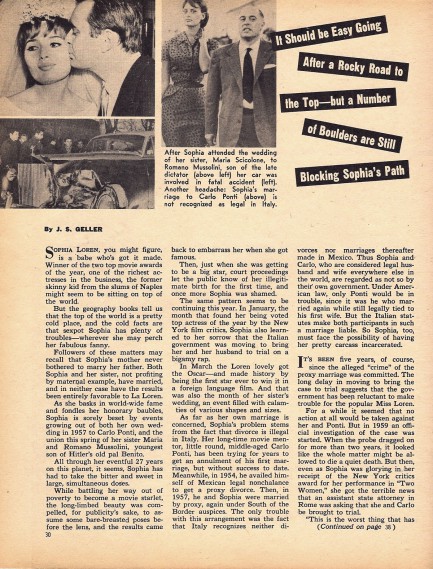
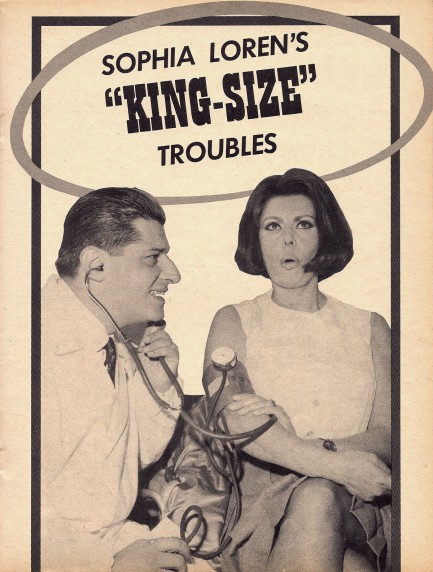
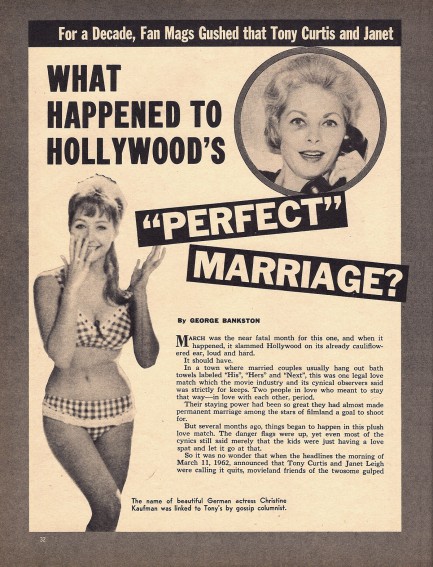
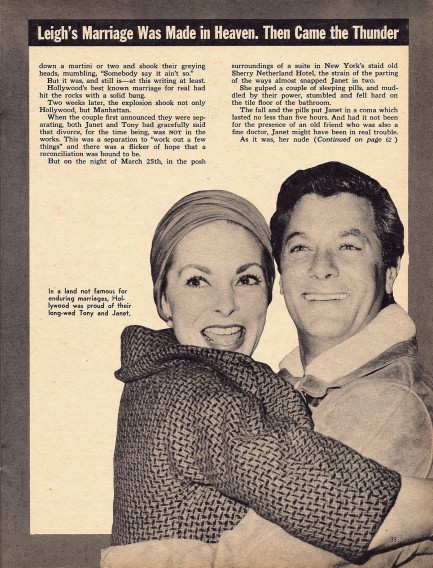
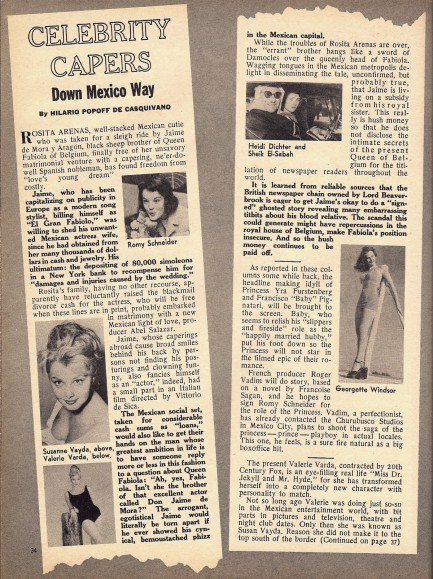
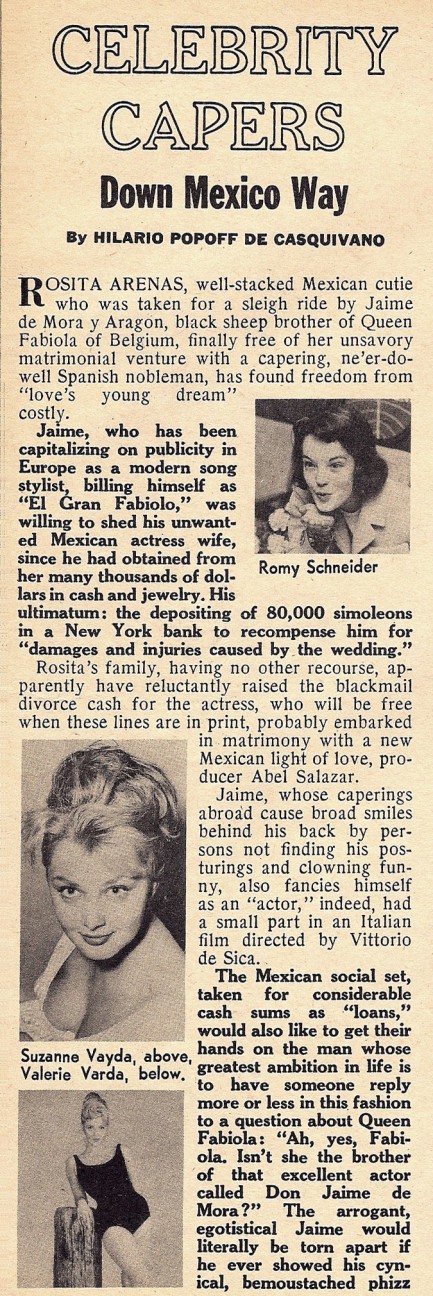
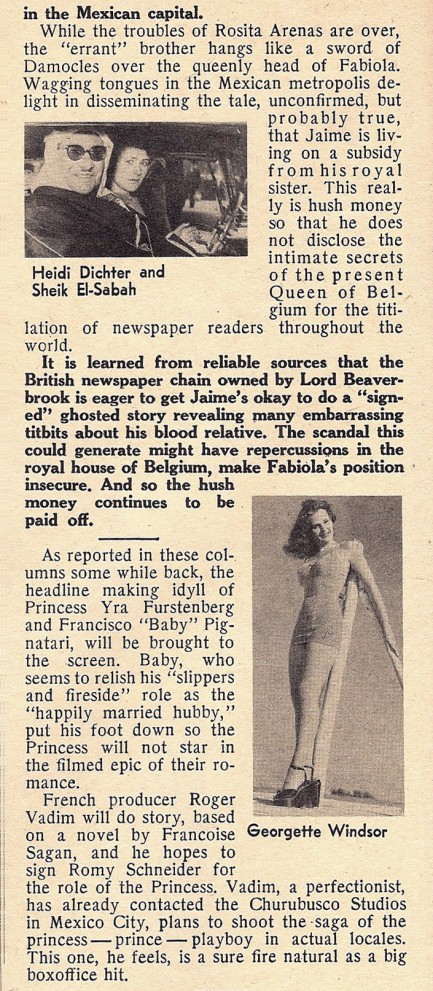


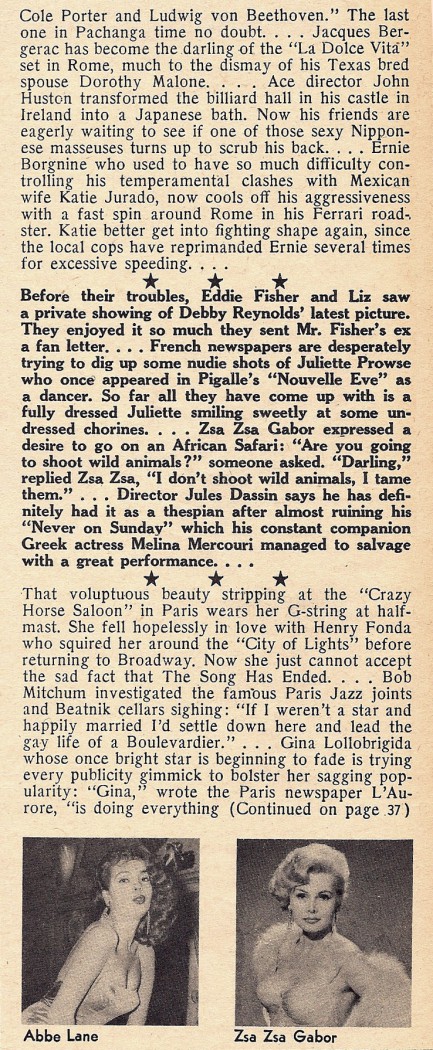
| Vintage Pulp | Sep 6 2015 |

We’ve sung the praises of many European poster artists, but today we shift our attention to one from the Americas—Ernesto Garcia Cabral, aka El Chango, who was one of the top illustrators of Mexico during the mid-century period. His work appeared in publications such as El Universal Ilustrado, Excelsior, and Jueves de Excelsior, and he is also famed for his portraits of the acting legend Cantinflas. Below are six pieces of his genius work, and we’ll revisit him a bit later.






| Femmes Fatales | Jan 9 2014 |


Above is a photo of American actress Jayne Kennedy from her hilarious television movie Mysterious Island of Beautiful Women. The shot doesn’t begin to do her justice yet she still looks great in it. Kennedy started in beauty pageants before sliding into television roles and blaxploitation flicks such as The Muthers and Big Time, before veering into sports broadcasting in 1978 with The NFL Today. In pageants she was one of the first black women to blaze a trail, winning Miss Ohio in 1970 and making the semis at Miss U.S.A. the same year. In sportscasting she was one of the first women, black or white, to earn a prominent on-camera role, making her a dual trailblazer. Somewhere in there a sex tape leaked to the public, and since it was also one of the first, she can be said to have blazed a trail there too. Both of these shots are from 1979.
| Sportswire | Oct 18 2012 |


Did you know there was a football team called the Brooklyn Dodgers? This nice little piece of Americana reminds us of that fact. It’s the cover of a program for an NFL game between the Dodgers and the Washington Redskins, played at Ebbets Field today in 1942. The Brooklyn Dodgers football team existed from 1930 to 1944, at which point it became the Brooklyn Tigers for one season, then the next year merged with the Boston Yanks. This move came about due to a decline in the on-field product caused by wartime shortages of players. But before being folded into another franchise and effectively disappearing, the Dodgers helped bring the NFL into the mass media era when its October 22, 1939 game against the Philadelphia Eagles was broadcast on television. That was the first NFL broadcast ever.
Another historical note: the unusual Dodgers nickname derives from the fact that through the late 1800s and early 1900s, there were so many trolley lines running through Brooklyn that people from that borough were called “trolley dodgers.” Naturally, this is also the reason the All-America Football Conference team called the Brooklyn Dodgers, and the baseball Brooklyn Dodgers, both adopted the nickname. Of course, baseball’s Dodgers were the first to do so, by decades. Lastly, on the cover is a photo of Frank Kinard, who played for the Dodgers/Tigers and, just to make the whole name thing even more convoluted, played for the New York Yankees of the All-America Football Conference. He was inducted into the Pro Football Hall of Fame in 1971. You can learn plenty more about the Brooklyn Dodgers at the website luckyshow.org.





































































